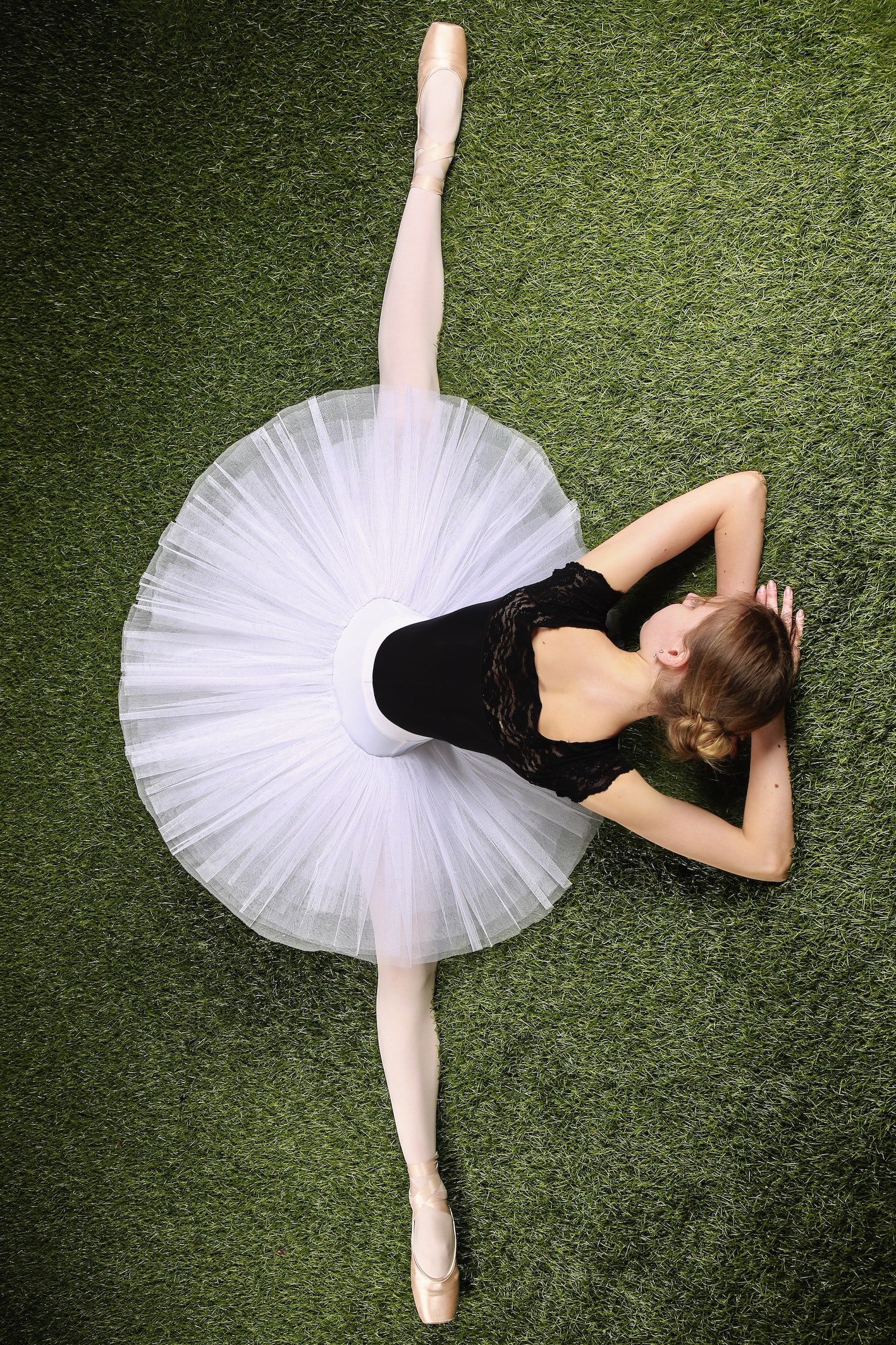The Art of Writing 8 - Lengthening the hamstrings
How do we approach the more challenging experiences of our body?
Those parts of ourselves that seem too troublesome to bother with. It’s so easy to ignore them. The tight shoulders! The restricted neck! The sore hip or tight hamstrings!
It’s a challenge in all movement systems - When we practice we like to do the things that feel nice and avoid the things that take more effort. If we consider what we need and spend a little time each session doing that it makes an enormous difference.
Now some people have no problem with flexibility ..
Lucky ducks! .. but for most of us it’s not so easy. Some things require a lot more attention and the way we go about it can make an enormous difference.
Many people have a tendency to go hard early, become frustrated and then give up. It’s very easy to understand why. We live in a world where the expectation is that if someone else does it easily we should be able to as well. If we can’t there must be something wrong with us.
We’re going to explore it this week with our hamstrings and next week with squatting. For most of us a lifetime with chairs ensures that our legs and hips become less functional as we age. That’s not the case everywhere of course ..
If we’re used to sitting on the ground it gives us a durable flexibility. Developing our body takes time. You can’t stretch muscles quickly and expect it to be sustainable. Any changes we make to our body need to be functional. To squat like this you need to be able to move around and do things in this position. That requires not only flexibility but dynamic stability as well.
One of the Feldenkrais Methods most useful tools is its capacity to look at things from different perspectives. For many people testing their flexibility is a matter of touching their toes or doing a forward bend when sitting on the ground.
The challenge with this is that the positions you’re in is already loaded up with effort. That makes it harder to feel where you need to focus.
So you’ll need a bit of wall for this weeks lesson. We’re going to use gravity and place ourselves into a position where it’s much easier to have a global focus and use gravity.
Gravity is our friend .. It flows through us just as it flows through the air and if we pay attention it can be a useful tool.
We can maintain our length, width and depth in its presence by sensing the relationships between our limbs through the head, neck, chest and torso.
Balancing those relationships not only maintains our proportions but also generates a sense of flow in the direction of our senses. It creates lightness and ease ..
It’s a funny thing really .. we are indivisibly linked with our world but that membrane of skin around our cells that allowed us to maintain the complex array of ever changing processes within us may be partly responsible for that sense of ourselves as being separate.
When our ancestors left the ocean that membrane allowed them to take the ocean with them. The fluid within our cells is close in chemical composition to the ocean of the Pre-Cambrian era.
In any case it isn’t just us that is evolving. We are a continuing part of the evolution of all life on earth. We could only move onto land once the atmosphere had evolved enough to support us and in a way we are still in an ocean. Air is a combination of gasses that is classified as a liquid!
Look at it ..
Things flow .. not just within us .. but everywhere ..
In that same way the development of our body - the refining of its shape and our ability to function occurs most gracefully if we consider this concept of the way everything flows ..
Things seen .. heard .. and felt ..
that cannot be named or even placed ..
are the silences within your story ..
the softness of your gaze
in the morning
With love
David





